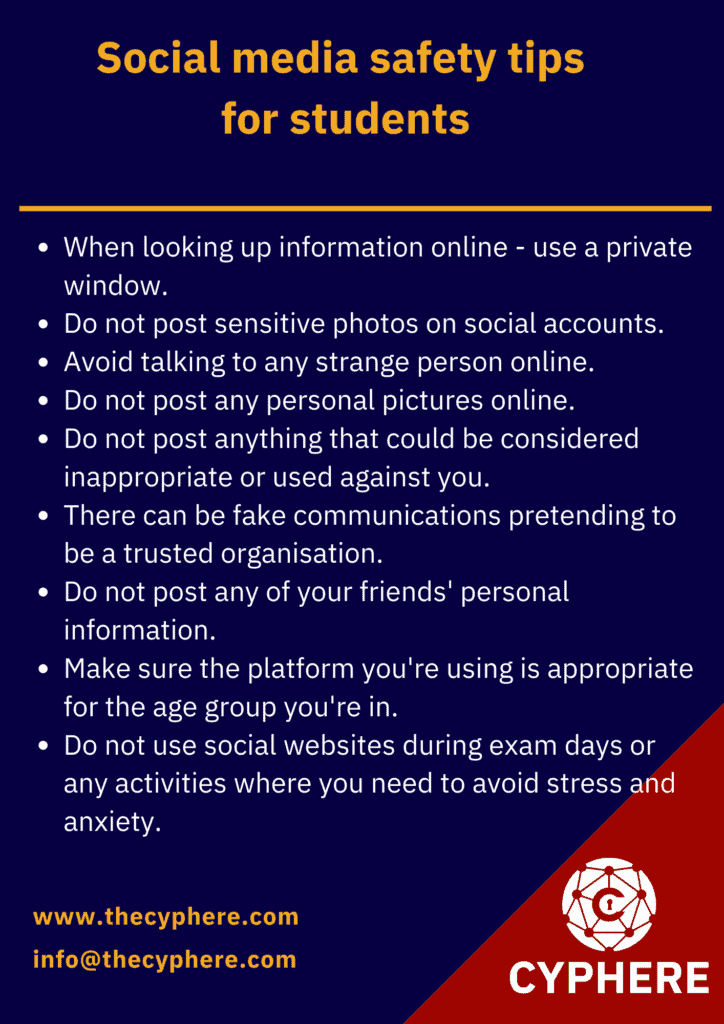Mastering Warranties: Navigating Best Practices for Understanding
Warranties play a crucial role in consumer protection and satisfaction, providing assurance and recourse for products and services. In this exploration, we delve into best practices for understanding warranties, empowering consumers to make informed decisions and maximize the benefits of warranty coverage.
1. Start with Research: Understanding Warranty Types
Before making a purchase, it’s essential to research the types of warranties offered. Warranties can vary, including manufacturer warranties, extended warranties, and implied warranties. Understanding the distinctions helps set expectations for coverage duration, included services, and conditions for warranty validity.
2. Read the Fine Print: Uncovering Terms and Conditions
The devil is often in the details, and the same holds true for warranties. Best practices dictate a thorough reading of the terms and conditions. Pay attention to coverage limitations, exclusions, and any specific requirements for maintaining warranty eligibility. Knowing these details prevents surprises when seeking warranty service.
3. Know Your Rights: Consumer Protection Laws
Consumers are protected by certain rights and laws regarding warranties. Familiarize yourself with these regulations, such as the Magnuson-Moss Warranty Act in the U.S. This legislation outlines standards for warranty information disclosure and protects consumers from unfair warranty practices. Being aware of your rights enhances your position as a consumer.
4. Keep Records: Documenting Your Warranty
Maintain meticulous records of your warranty documents, purchase receipts, and any communication with the seller or manufacturer. This documentation is invaluable if you need to invoke warranty coverage. Having a well-organized record helps expedite the warranty process and ensures you have the necessary evidence to support your claim.
5. Understand Coverage Limits: Setting Realistic Expectations
While warranties offer protection, it’s crucial to understand their limits. Best practices involve setting realistic expectations for what a warranty covers. Some warranties may only address specific components or exclude certain types of damage. Understanding these limitations prevents disappointment and facilitates a smoother warranty experience.
6. Perform Regular Maintenance: Fulfilling Obligations
Some warranties come with maintenance obligations to keep coverage valid. Best practices include adhering to these obligations. Whether it’s routine inspections, timely servicing, or specific care instructions, fulfilling these requirements ensures that the warranty remains valid and provides the intended protection.
7. Assess Transferability: Planning for Resale
If you plan to sell or transfer the product covered by the warranty, check whether the warranty is transferable. Some warranties are tied to the original purchaser, while others can be transferred to subsequent owners. Knowing the transferability of a warranty influences the product’s resale value and can be a selling point.
8. Contact Customer Support: Clarity in Queries
When in doubt or if you need clarification on warranty terms, don’t hesitate to contact customer support. Reach out to the manufacturer or seller with any questions. Clarifying doubts ensures you have a comprehensive understanding of the warranty coverage and the procedures to follow in case of issues.
9. Be Proactive in Claims: Timely Action
If an issue covered by the warranty arises, it’s best to take prompt action. Delaying a warranty claim can lead to complications or even the expiration of coverage. Follow the specified procedures for initiating a claim, provide all necessary documentation, and adhere to any timelines outlined in the warranty terms.
10. Stay Informed About Updates: Changes in Warranty Policies
Warranties may undergo updates or changes over time. Best practices involve staying informed about any revisions to the warranty policies. Manufacturers may introduce new terms or modify existing ones. Being aware of these changes ensures that you are up to date on the coverage offered and can adapt your expectations accordingly.
To delve deeper into warranty understanding best practices and explore additional resources, visit homecontractorhub.info. Mastering warranties empowers consumers to make informed choices, safeguard their investments, and navigate the market with confidence. Understanding and implementing these best practices ensure that warranties serve their intended purpose—providing peace of mind and protection for consumers.




